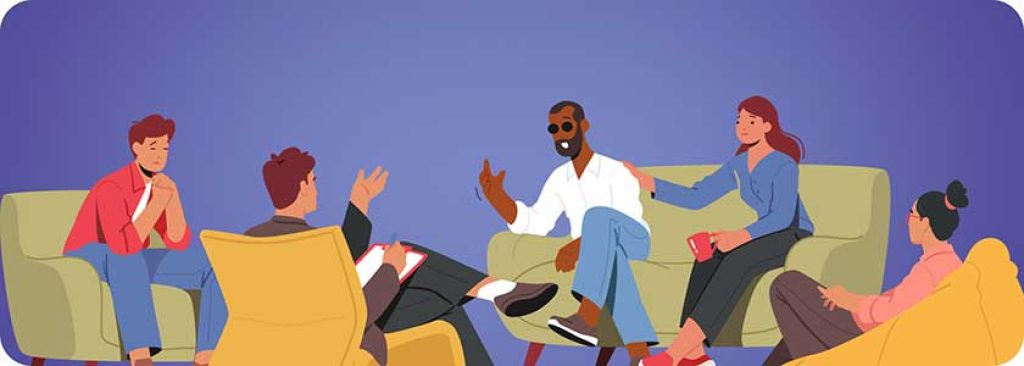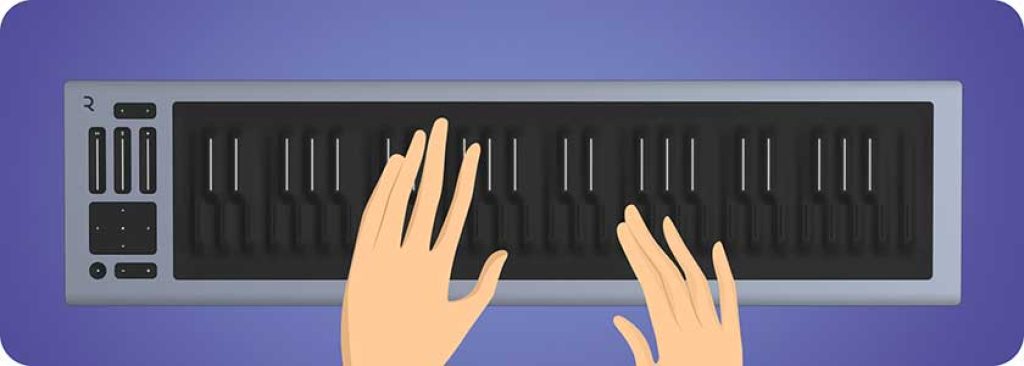Braille Technology: Revolutionizing Accessibility for the Visually Impaired
Navigating Through Touch: Braille Devices & Technology Explained
The relentless pace of technological advancement has transformed virtually every aspect of our lives, with few exceptions in the modern world. From smartphones connecting us globally to artificial intelligence powering innovation, the impact is undeniable. This progress extends beyond everyday conveniences for the general public, reaching communities with diverse needs.
For individuals who are blind or visually impaired, adaptive technology is an essential component of their independent interaction with the world. Braille technology, specifically, has undergone significant evolution, offering new possibilities for education, employment, and social interaction. This article explores the various forms of Braille devices and software, offering individuals new and better ways to navigate the ever-evolving digital landscape.

Braille Integration and Popular Devices: Expanding Accessibility
Modern Braille technology integrates with existing devices so seamlessly, it feels like a natural extension. Refreshable Braille displays, connected via Bluetooth to smartphones and computers, transpose on-screen text into Braille characters, providing real-time information access for busy users. Braille keyboards, often part of these displays, facilitate typing and interaction with various applications.
Beyond mobile devices, Braille e-readers offer access to a vast library of books and publications in Braille format, while refreshable Braille notetakers allow for notetaking, organization, and independent learning.
Later this year and looking further ahead, another wave of advancements are on the horizon. The Braille Voyager refreshable display promises a compact and portable design for on-the-go use, while the Braille Matrix integrates voice control and audio descriptions, serving users with varying needs.
Looking at some of the more established options, refreshable Braille displays like the BrailleSense and PacMate series are popular choices, offering a versatile and dynamic Braille experience. These tools work for individuals with visual impairments, from moderate to complete blindness, opening a doorway for them to actively engage with information, education, and entertainment in a way that is both convenient and familiar.

Braille-Based Devices: Making Their Mark
Several device types among the sweeping range of Braille-based tech stand out for their impact and innovation:
- Braille Embossers
Transform digital text into printed Braille, making physical documents accessible.
- Braille e-Readers
Tools like the BrailleEdge Reader offer portable Braille access to a vast array of e-books and documents.
- Braille Note Takers
Devices like the BrailleNote Touch Plus have become indispensable for education and professional use, blending Braille input with touchscreen technology.
- Educational Applications
Software like Braille Tutor offers interactive learning, making Braille education more engaging and effective.
- Integration In Daily Life
Multiple tools working on a Braille foundation are used in different ways to perform basic tasks everyday, around the globe. Braille pocket organizers are more old-school, but are nevertheless very useful for scheduling, organizing and coordinating personal and business calendars. While traditional Braille watches have been around for a long time, innovative tech like the Dot Braille Smartwatch is one more small revolution: it can provide timely notifications and information in Braille on the user's wrist: a step up in convenience from a pocket organizer, surely, but also one that may not be available to all users who would like them. In Busan, Korea, Dot Pad tactile graphics display technology is installed in public transportation kiosks, offering Braille text plus additional tactile map options to help travelers reach their destinations.
These Braille-based devices and applications, and the many other hardware and software tools like them, not only provide essential access to information and communication for people who are blind or who live with visual impairments, but also sets users up to participate more fully in educational, professional, and social surroundings.

Challenges In Making Adaptive Braille Tech Accessible
Despite its continuing advancements and strong foundations, Braille technology presents some persistent parallel problems that both users and manufacturers must overcome: cost considerations, tech updates, and compatibility.
User Barriers
Users may encounter difficulties like the cost of refreshable Braille displays, which can be a significant barrier to access. High costs often put these specialized devices out of reach for many, limiting access to essential tools for education and communication. It should be noted that some community and government organizations may subsidize the purchase of adaptive tools, including Braille-based technologies.
The ongoing evolution of technology both within Braille-based tools, and in tools that must connect to these devices, can also require continuous learning and adaptation for users to stay current and keep using the latest technology. The steep learning curve associated with mastering new Braille-based devices and software can be daunting, requiring significant time and support.
Compatibility issues between different Braille devices and mainstream technology platforms can also pose barriers, making it difficult for users to integrate these tools into their daily lives.
Manufacturer Hurdles
Manufacturers grapple with balancing affordability with the complexity and functionality of devices. The niche market for Braille devices demands high investment in research and development to innovate and improve accessibility features, yet the return on investment can be low due to the limited user base.
Integrating Braille tech with rapidly changing software and hardware landscapes presents another challenge. Maintaining interoperability with a wide range of technology platforms across multiple operating systems is a complex but unskippable step of producing tools that work for and improve the user experience. Manufacturers must constantly update their devices to keep pace with evolving digital ecosystems.
Keeping technologies and devices user-friendly is yet another challenge: manufacturers must navigate the delicate balance between creating advanced features and maintaining straightforward, intuitive interfaces, keeping new advancements accessible to all users, regardless of their level of tech savvy.
Overcoming these obstacles requires ongoing collaboration between manufacturers, accessibility experts, the visually impaired and blind communities, and advocacy groups, with the shared objectives of driving down costs, improving education and support systems, coordinating tech compatibility, and developing innovations in Braille technology that meet the real-world needs of visually impaired and blind individuals.
By prioritizing affordability, user-friendliness, and seamless integration, both manufacturers and individuals with visual impairments can fully embrace the enormous potential of Braille technology in the digital age.

Braille Breakthroughs, Now & Up Ahead
The future of Braille technology is brimming with promise. Potential is certainly something to get excited about, but we’re looking at developments now that are happening so fast, some of them are already in use.
Pushing Past Limits With AI
Developments leveraging artificial intelligence (AI) and machine learning, including natural language processing (NLP), and convolutional neural networks (CNN) are already employing advanced technologies to translate real-time speech into Braille, sparking greater communication and social interaction abilities.
- NLP
Translates language into Braille by analyzing word structure and meaning using AI. This expands the possibilities for visually impaired people around the world who may not be able to find Braille parallels for books or important documents in their native languages.
- AI Translation Online
AI algorithms can parse text on a website or digital document, finding its structure, and then converting it to Braille text in its correct context and in a logical order.
- CNN Image Recognition
CNNs can translate Braille text images into audio formats by analyzing dot patterns. This is not only helpful for reading content that is already printed in Braille but may not be available in the moment, it’s an important crossover link, facilitating the transfer of Braille print archives to digital materials.
The Braille Horizon: Music & More
In other news, a Braille Music Keyboard is in development, poised to revolutionize music creation for blind and visually impaired individuals, allowing them to compose and perform music using Braille notation. Braille music notation software like Brailliary and Finale Notepad are existing programs that have offered options for inputting music notation using a standard Braille keyboard and then translating it to Braille music format for printing or playing. While not all people with visual impairments can afford refreshable Braille displays, and not everyone will want a specialized Braille music keyboard that can’t be used for any other Braille purpose, we believe that Bach and Handel, who lost vision later in their lives due to bungled eye surgeries, would have appreciated all of these tools.
Researchers are exploring the extensive potential of refreshable Braille displays that also offer graphics capabilities. Braille tactile displays could provide users with an additional layer of information perception, further narrowing the gap between visual and non-visual experiences in the digital world. The Dot company in Korea is one of the leaders in this arena, but their more advanced tools and technology are not available for purchase in much of the world.
The BrailleEdge Reader, a cutting-edge Braille e-reader, offers unparalleled access to digital books and documents, making information consumption seamless for visually impaired users. BrailleNote Touch Plus is another revolutionary tool, blending the tactile feedback of a Braille display with the intuitive interaction of a touchscreen, for better educational and professional productivity. And, the Braille Smartwatch, elusive but out there, is just the beginning of a new wave of accessible wearable technology.
Continued investment in research, development, and collaboration is the key to keeping Braille technology at the forefront of accessibility. And, as a society, by focusing our collective energies on developing tools that are both functional and forward-thinking, we can refine and redefine technology, making it the powerful equalizer it should be, offering new ways for people who are visually impaired to actively participate in an increasingly digital world.

Touching the Future, Tapping Into All Our Senses
Braille devices and software dramatically improve access and participation for people who are blind or visually impaired. These tools open up access to the same knowledge and entertainment that sighted people can obtain by providing not just books but experiences in a Braille format, supporting and encouraging independence and lifelong learning. Integrating Braille technology with computers and mobile devices opens a further world of possibilities. Users can easily navigate the internet with tools such as website accessibility widgets, communicate digitally, and access essential services, staying connected in today's data-driven electronic environments.
Integrating Braille technology into everyday devices and software is an absolute necessity. Transcending the basic tasks of accessing information, education, and entertainment, it offers opportunities for individuals with visual disabilities to participate equally in urgent responsibilities including voting and interacting with the government. Everyone deserves to be involved, contribute, and succeed in society. As technology progresses, it must continuously break down barriers everywhere, guaranteeing inclusivity and accessibility for all.
FAQs
Yes, many Braille devices now offer compatibility with voice-assisted technologies, so users can benefit from both tactile and auditory inputs. This integration offers a more comprehensive and usable solution for accessing information and controlling smart devices.
Yes, many organizations and institutions offer training programs on how to use Braille technology effectively. These programs cover a range of devices and software, with courses for everyone from beginners to advanced users.
Although Braille is not always required as a mandatory part of accessibility regulations for private sector organizations, it is a very welcome addition. Businesses can make their information accessible by using Braille translation software to convert text documents into Braille format and then printing them with a Braille embosser. Offering digital documents compatible with refreshable Braille displays is another important way for visually impaired customers to access information. While this practice has not been standardized, it’s certainly advisable for any business that can produce these documents to do so.
While Braille has a specific set of symbols, learning the code can be accomplished at any age with proper instruction. Many resources and training programs are available for individuals and educators.









